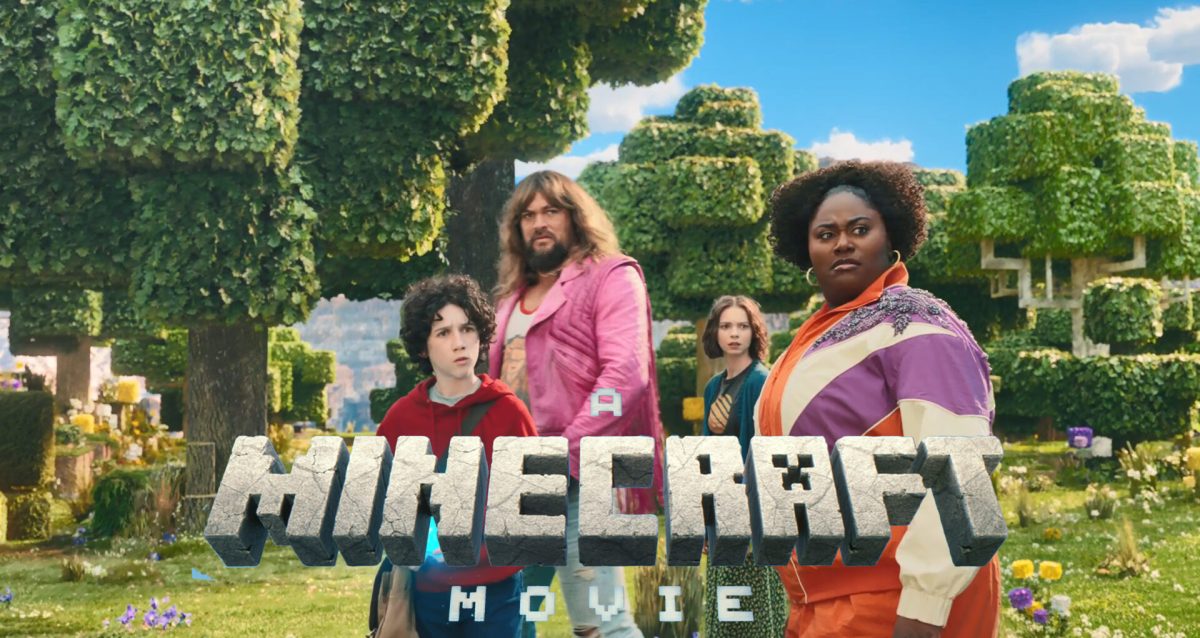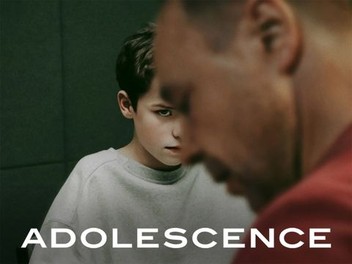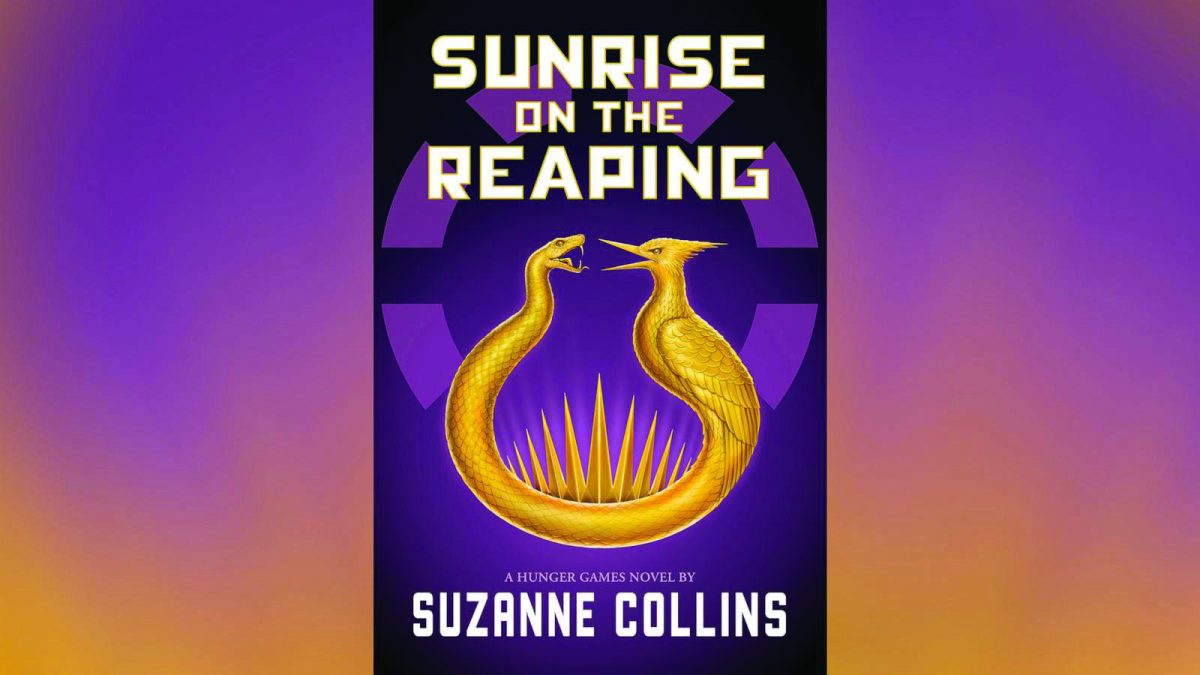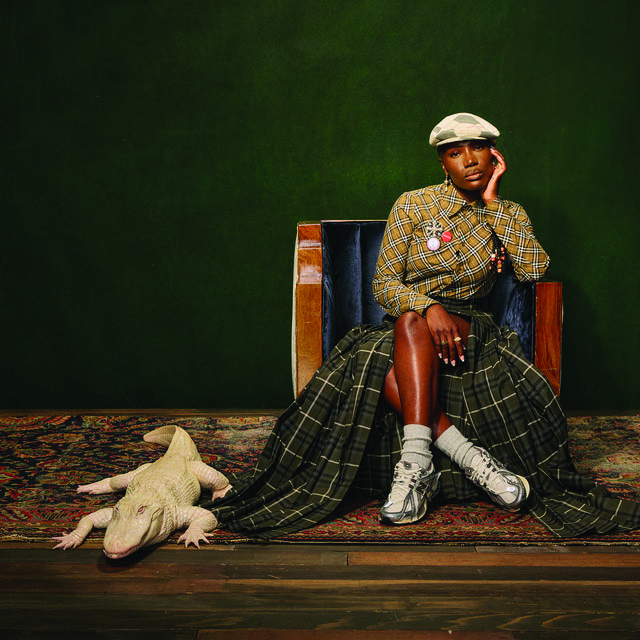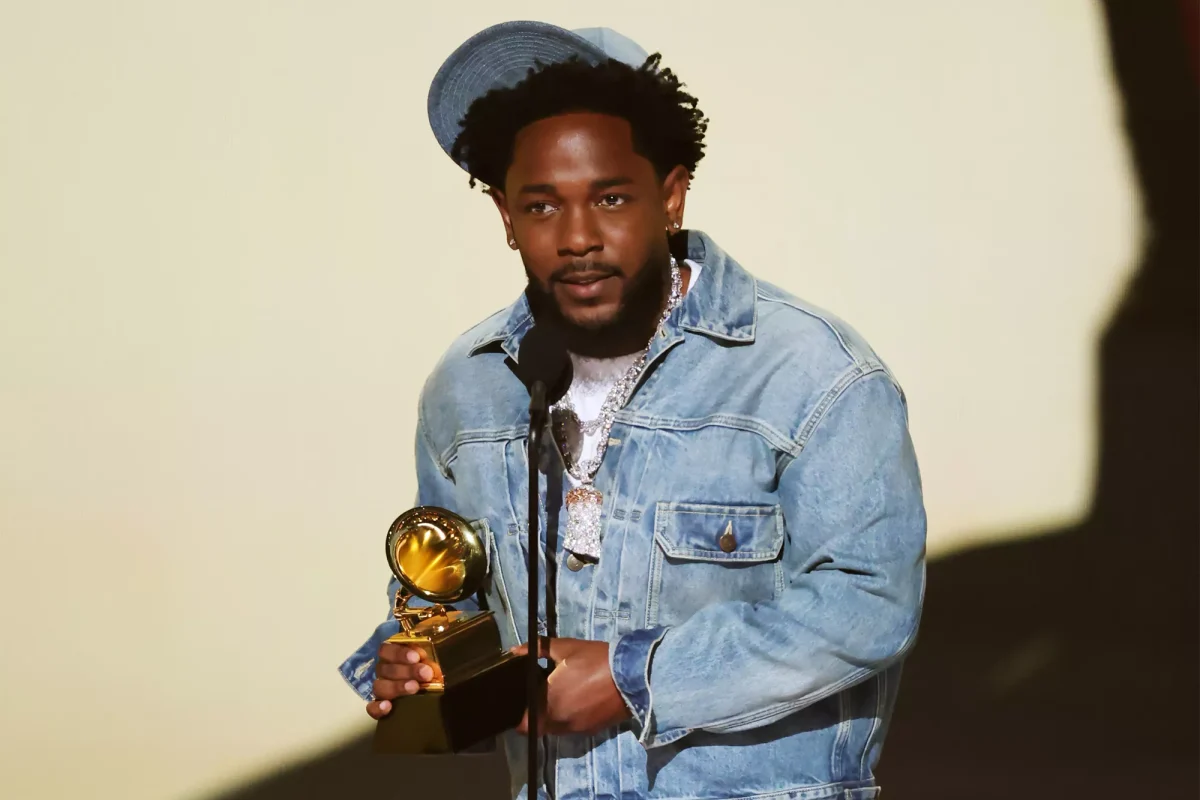It’s difficult to discuss Macklemore these days without being reminded of the 56th Grammy Awards in 2014 when he self-admittedly “robbed” Kendrick Lamar of the Best Rap Album award. Critics and musicians alike took to Twitter and other social media in protest, citing Mackelmore’s manicured image as a “safe” rapper as the reason his record, The Heist, won the award. But the issue extended past the rapper’s image, and reached the heart of the problem: Kendrick Lamar’s Good Kid, M.A.A.D. City was a concept record dealing with the socioeconomic factors in America serving to oppress African-Americans.
Even though Macklemore’s “Same Love” addressed homophobia, The Heist was primarily an entertaining record that wasn’t purposely trying to express any political or social commentary (its highest-selling single was about going to thrift stores). In many ways, the Grammy Awards exemplified the sorts of problems Lamar was talking about. Macklemore even ended up apologizing to Lamar on Instagram, saying, “I Robbed You.” The culture vulture reputation has hovered over Macklemore and Ryan Lewis’ body of work since.
But now, Macklemore has returned from downtown to tackle the issue of race head-on with “White Privilege II.” It begins with the emergence of reverb-washed choral chants by Jamila Woods and jazz trumpet and piano warmly fading in. The instrumental is scarce; the song serves more as a spoken-word performance than a traditional rap song, with Macklemore’s verses at the forefront.
The song begins at a Black Lives Matter rally, where the white narrator asks, “Thinking if they can’t, how can I breathe?/ Thinking if they chant, what do I sing?”
Macklemore clearly understands the popular arguments against white privilege: “The one thing the American Dream fails to mention/ Is I was many steps ahead to begin with” or “America feels safe with my music in their systems/ It suited me perfect/ The role, I fulfilled it” are good examples of this inward thinking. He knows which rhetoric to use and the proper context in which to use it, questioning his place within the culture of hip-hop: “Am I on the outside looking in, or am I on the inside looking out?”
This seems well-intentioned. After all, it’s a big risk for an artist like Macklemore to put out this type of song as a pre-release single for his upcoming album, This Unruly Mess I’ve Made. It also doesn’t feel like an attempt to regain a reputation for cultural legitimacy.
The issue with “White Privilege II” is that Macklemore is ultimately too misguided in his quest to both educate others and find his own place that he nearly misses the point of his own song: the privileged white man cannot ethically speak for people of color. “White Privilege II” is, at its core, about Macklemore’s conflict as a white hip-hop artist who understands the politics behind Black Lives Matter and white privilege and possesses the platform to speak out about these issues, but is unsure of his role in doing so. But that is exactly what he’s done throughout the song—use his own privilege to place himself in the foreground of the issue, knowingly or not.
He faced similar complaints for “Same Love,” which was accused of being too hetero-centric.
Overall, the song is not disingenuous in its intentions, but fails to address the fact that Macklemore, as much as he doesn’t want to, is indeed playing the “white savior” card a bit too strongly, whether or not he’s aware of it. He may not be subject to the criticisms of racial appropriation like Iggy Azalea was, but Macklemore certainly needs to make some large decisions with This Unruly Mess I’ve Made. Will he continue to penetrate the realms of “issue-rap,” or will he decide it’s best to stick with the fun “safe” music which gave him this platform to begin with?
Macklemore’s “White Privilege II:” Well-Intentioned or Shortsighted?
February 3, 2016
0
More to Discover



